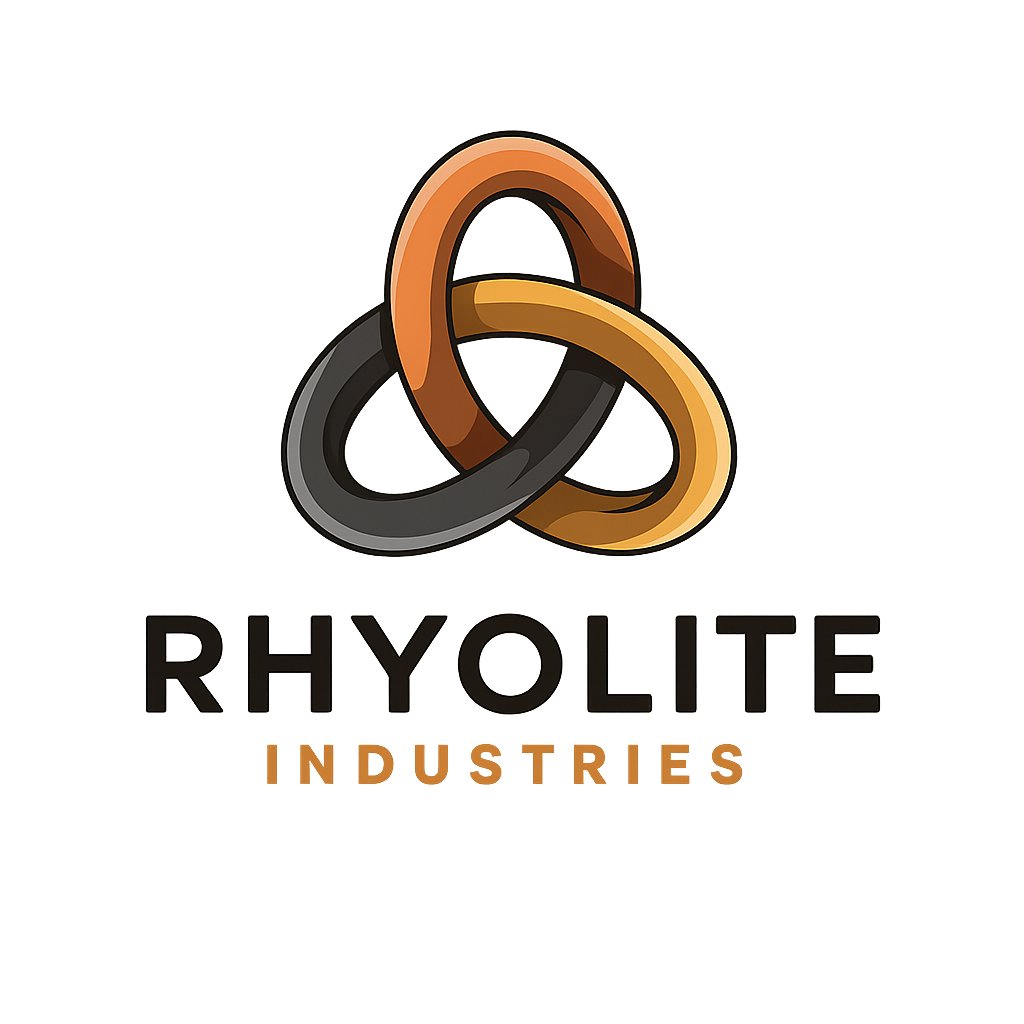Why Your “Bucket” of Customers Needs More Than Just Holes Plugged
Most small-to-medium businesses already talk about retention, loyalty and lifetime value, but very few treat their entire book of customers as a living portfolio that must be invested in, leveraged and protected just like any other asset. When MIT researchers Fred Selnes and Michael D. Johnson revisited their original 2005 work on Customer Portfolio Management (CPM) in 2022, they found that most companies are still overly focused on today’s sales or on a handful of “best” clients, leaving tremendous value untapped. customer portfolioi
For founder-led or fast-growing Australian businesses, the message is clear: your growth potential is not hiding in the next cold call alone, it’s in how deliberately you convert strangers into acquaintances, acquaintances into friends, and friends into partners, then defend and expand those relationships over time. This guide distils the MIT findings into an implementation-ready playbook tailored for SMEs that need speed, leverage and clear ROI.
1. From Spray-and-Pray to Portfolio Thinking
Selnes and Johnson define four relationship states that sit on a continuum of value to both the customer and the business:
| Relationship Stage | Customer View of Your Brand | Typical Behaviour | Strategic Goal |
|---|---|---|---|
| Stranger | Little/no awareness | Occasional price-driven purchase | Create awareness & low-friction trial |
| Acquaintance | “Parity value” – you’re similar to competitors | Buys on price, availability | Prove differentiation, earn repeat use |
| Friend | “Differential value” – perceives higher quality | Pays premium, higher share of wallet | Deepen emotional/functional loyalty |
| Partner | “Customised value” – embedded in your ecosystem | Co-creates solutions, high switching cost | Co-innovate & lock in long-term CLV |
The strength of a relationship is a composite of purchase frequency, margin, switching cost and the customer’s willingness to adapt to your systems (apps, portals, workflows). Stronger relationships generally deliver higher profit at lower incremental marketing cost, but a balanced “bucket” of weaker ties is still essential as tomorrow’s upgrade pipeline.
Key Mindset Shift
Sales Funnel → Relationship Ladder. Winning a sale isn’t the finish line; it’s step one in converting, leveraging and defending that customer.
Static Segments → Fluid Segments. Customers can (and should) move between stages. Your KPIs need to track those migrations, not just net new revenue.
2. Customer Portfolio Lifetime Value (CPLV) in Plain English
Traditional Customer Lifetime Value (CLV) looks at one customer in isolation. CPLV zooms out to model the entire mix under varying market conditions, demand heterogeneity (how different your customers’ needs are) and economies of scale. MIT’s simulation shows:
When customer needs are highly varied or you benefit from big-scale cost leverage, CPLV can more than double versus homogeneous, low-scale markets.
When both factors are high, CPLV can triple. customer portfolioi
Why it matters for SMEs
Resource allocation: Knowing which combination of conversion, leverage and defense will pay out fastest lets you focus limited cash and time.
Pricing power: More heterogeneous needs make “friend→partner” upgrades and premium tiers easier to justify.
Forecasting: CPLV helps you defend growth plans in front of investors or bankers by quantifying long-term pay-offs, not just next month’s pipeline.
Quick metric hack: even a simple weighted model in Excel (number of customers × average margin × stage-specific retention rate) will uncover which stage is quietly funding (or draining) your growth.
3. Strategy #1. Relationship Conversion: Turning Strangers into Partners
3.1 Convert Strangers → Acquaintances
Tactics
Hyper-targeted awareness ads (LinkedIn, Meta or Google) matched to one pain point and a single landing page.
Low-barrier trials: freemium tier, first consult free, or “cancel anytime” subscription month.
Distribution reach: for physical products, list on marketplaces Aussies already use (Catch, eBay AU, Amazon AU) to remove friction.
3.2 Convert Acquaintances → Friends
Tactics
Differentiate with data: Use simple CRM automations (e.g., Pipedrive + Zapier) to personalise follow-ups based on industry, buying cadence or previous issues.
Time-boxed loyalty programs: Offer upgrade credits or service bundles for customers who hit a repeat-purchase threshold within 90 days.
Brand storytelling: Case studies that mirror the customer’s own context build “confirmatory bias” that they’ve chosen well.
3.3 Convert Friends → Partners
Tactics
Co-design workshops: Invite top-tier clients into roadmap sessions, record via Loom, summarise in Notion, and reflect changes back within two weeks.
Process integration: Offer API hooks, shared dashboards or custom reporting. The more your system is baked into their workflow, the stickier the relationship.
Joint success metrics: Move beyond SLAs; publish shared scorecards (e.g., cost saved per transaction, defect rate) reviewed quarterly.
Illustrative Case: Hotels Fight the OTAs
Hilton and Marriott combined aggressive brand-portfolio expansion with slicker loyalty apps to pull bookings away from Expedia-type intermediaries and back into direct channels, effectively converting lost friends back into partners and doubling direct bookings. customer portfolioi
Takeaway for SMEs: You don’t need 30 sub-brands, but you do need differentiated offers (package tiers, vertical editions, geographic variants) plus owned channels (your website, email, portal) to upgrade relationship depth.
4. Strategy #2. Relationship Leverage: Squeezing More Value from Every Stage
Leverage is about scaling margin and scope without proportionally scaling cost.
4.1 Leverage Strangers & Acquaintances
Ad retargeting loops: Pixel visitors, retarget those who hit a pricing page but bounced within 7 days.
Self-serve onboarding: Video tours, interactive checklists and chatbots reduce human support cost per new user.
4.2 Leverage Friends
Bundled solutions: Pair core product with complementary services, e.g., SaaS platform + done-for-you data migration, for an all-in monthly fee.
Referral accelerators: Friends have enough brand affinity to vouch for you; reward both sides (dual-sided credits).
4.3 Leverage Partners
Brand extensions: New modules, add-on licences or geographic rollouts land fastest with customers already embedded in your ecosystem.
Joint marketing: Co-host webinars or trade-show booths with partners; your acquisition cost drops while their social proof rises.
MIT’s model shows that inserting a brand extension roughly three-quarters through a product’s life cycle lifts CPLV most when customer needs are heterogeneous, up to a 19 % uplift versus 17 % in homogeneous markets. customer portfolioi
Implementation Tip: Map your product roadmap against relationship maturity. If most of your base is still acquaintances, focus on upsell bundles first; if you have a growing pool of partners, accelerate platform extensions.
5. Strategy #3. Relationship Defense: Making Churn Someone Else’s Problem
Even loyal clients will switch if their context changes or you stop meeting expectations. MIT finds many firms underinvest in the data required to see churn coming until it’s too late. customer portfolioi
5.1 Build a Two-Lens Feedback System
Impact: Which attributes (price, uptime, service speed) statistically drive satisfaction and re-purchase?
Performance: How do you score on those attributes relative to last month and to competitors?
Crossing these lenses uncovers:
Maintain & Improve (high impact / high performance)
Fix Now (high impact / low performance)
Efficiently Maintain (low impact / high performance)
Ignore or Retire (low impact / low performance)
5.2 Practical Tool Stack for SMEs
NPS + CSAT in Pipedrive or HubSpot forms, automatically tagged to contact stage.
Support analytics via Help Scout or Zendesk to spot increasing ticket clusters.
Churn prediction with simple logistic-regression plug-ins (ChartMogul, ProfitWell) or even Google Sheets + Apps Script for early-warning dashboards.
5.3 Sector Alarm Example
A spike in churn traced back to a faulty alarm model; the company realigned manufacturing, sales and service incentives and bundled battery-monitoring alerts. Result: defect rate fell, relationships deepened, profitability rose. customer portfolioi
SME Takeaway: Root-cause churn analysis is cross-functional work. Short, sharp “war room” meetings that include ops, sales and marketing accelerate fixes before revenue bleeds.
6. Aligning Strategy with Market Conditions
| Market Situation | Primary Value Driver | Optimal CPM Focus |
|---|---|---|
| High demand heterogeneity (needs vary) | Differentiation, personalisation | Heavy on conversion & deep leverage (extensions, bundles) |
| High economies of scale (cost falls with volume) | Low unit cost, market share | Broader base of acquaintances, focus on defense to protect volume |
| Both high | Balance of custom value and cost leadership | Aggressive across all three levers; use segmentation to know where to push each |
| Both low | Commodity pricing, limited variance | Minimise spend; maintain efficient acquisition & strip out non-essential service layers |
Translation for Aussie SMEs:
A niche SaaS aimed at veterinary practices (varied workflows, small numbers) should pour effort into partner-level customisation and upsell modules.
A bulk coffee wholesaler (commodity, scale-based) gains more from efficient onboarding of many small cafés and low-touch retention than from lavish VIP programs.
7. Quick-Start Action Plan (Print & Pin to the Wall)
Audit your current portfolio: Tag every customer in your CRM as Stranger, Acquaintance, Friend or Partner.
Set numeric goals for 90 days: e.g., move 15 % of Acquaintances to Friend status (repeat purchase + NPS ≥ 8).
Choose one conversion play (e.g., time-boxed loyalty credits) and one defense play (e.g., automated health-score alerts) to implement this quarter.
Build a simple CPLV calculator in Sheets: rows = stages, columns = count, margin, retention, cost. Update monthly.
Review impact/performance matrix each quarter; adjust product roadmap and support priorities accordingly.
Celebrate upgrades publicly (in Slack or MS Teams) to embed relationship language across sales, ops and marketing.
Treat Relationships Like Assets, Not Accidents
The evidence is overwhelming: structured Customer Portfolio Management outperforms ad-hoc sales pushes, especially as markets fragment and digital tools lower switching barriers. Whether your business sells SaaS licences, industrial consumables or professional services, the triad of Conversion, Leverage and Defense is your blueprint for compounding lifetime value. Start with the quick-start plan above, track your CPLV monthly, and watch weaker ties evolve into profit-driving partnerships that fund your next growth horizon.
Ready to get hands-on? If you’d like an accelerated CPM workshop or a custom CPLV dashboard built in your existing tech stack, you know where to find me.


